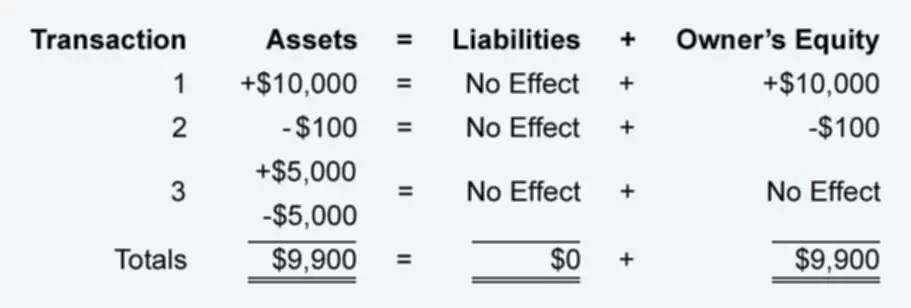Content

A ruling of March 25, 2021 dismissed in full a further appeal with the European contingent liabilities of Justice. Following the decision of the European Commission, competitors had filed damage actions against Slovak Telekom with the civil court in Bratislava. These claims seek compensation for alleged damages due to Slovak Telekom’s abuse of a dominant market position, as determined by the European Commission. At present, two claims totaling EUR 112 million plus interest are still pending. It is currently not possible to estimate the financial impact with sufficient certainty. In the normal course of business operations, the Group is involved in various claims, lawsuits and regulatory matters.
They can be a tricky endeavor for both management and investors to navigate since the likelihood of them occurring isn’t guaranteed. Some of the best contingent liability examples include warranties and pending lawsuits.
Using Knowledge of a Contingent Liability in Investing
A footnote to the balance sheet may describe the nature and extent of the contingent liabilities. The likelihood of loss is described as probable, reasonably possible, or remote. The ability to estimate a loss is described as known, reasonably estimable, or not reasonably estimable.

Following an appeal from both parties, in February 2021 the Federal Court of Justice once again referred the proceedings back to the Frankfurt/Main Higher Regional Court. Deutsche Telekom has recognized appropriate provisions for risks as of March 31, 2021 in the statement of financial position. Financial StatementsFinancial statements are written reports prepared by a company’s management to present the company’s financial affairs over a given period . Onerous contracts are those in which the costs of meeting the contract will exceed any benefits which will flow to the entity from the contract. As soon as an entity is aware that a contract is onerous, the full loss should be provided for as a liability in the statement of financial position. Do not confuse these “firm specific” contingent liabilities with general business risks. General business risks include the risk of war, storms, and the like that are presumed to be an unfortunate part of life for which no specific accounting can be made in advance.
What Is a Contingent Liability?
Again, a description of the event should be recorded in addition to any potential amount. The key difference is that a contingent asset is only disclosed if there is a probable future inflow, rather than a possible one. The table below shows the treatment for an entity depending on the likelihood of an item happening. In accounting, contingent liabilities are liabilities that may be incurred by an entity depending on the outcome of an uncertain future event such as the outcome of a pending lawsuit. These liabilities are not recorded in a company’s accounts and shown in the balance sheet when both probable and reasonably estimable as ‚contingency‘ or ‚worst case‘ financial outcome.
Which of the following is not a contingent liability?
Which of the following is not a contingent liability? a)Uncalled liability on partly paid sharesb)Claims against the company not acknowledged as debtsc)Arrears of cumulative fixed dividendsd)Debts included in debtors which are doubtful in natureCorrect answer is option 'D'.
The paper draws on the experience of seven https://www.bookstime.com/ and the World Federation of Exchanges that participated in a workshop organized and led by the WBG to discuss these and other questions. It does not recommend a specific model to follow and does not address specific context issues, however the analysis suggests approaches that are widespread and/or … An employee was injured at work in 20X8 due to faulty equipment and is suing Rey Co.
Amendments under consideration by the IASB
Within the generally accepted accounting principles there are three main categories of contingent liabilities. Reasonably possible.If a contingent loss isreasonably possible, it falls somewhere between remote and probable. Here, the company must disclose it but doesn’t need to record an accrual.
